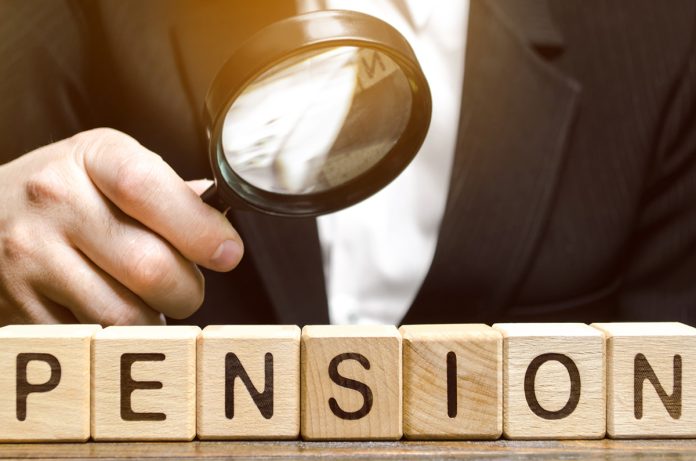Most UK taxpayers will automatically get 20% tax relief added to their pension contributions. However, the rules are slightly different if you are a higher or additional rate taxpayer. Our latest article explains how to claim higher and additional rate pension tax relief.
Overview of pensions
Private pension contributions are tax-free up to certain limits. Private pensions include personal and stakeholder, workplace, and overseas pension schemes that qualify for UK tax relief.
You’ll be required to pay tax if savings in your pension pot goes above:
- 100% of your earnings in a year – for more information, please visit the government’s website
- £60,000 a year – this is your annual allowance
You will also be taxed on pension contributions if your pension provider is not registered for tax relief with HMRC or does not invest your pension pot as per HMRC regulations.
Depending on the type of pension scheme you are enrolled in and the income tax rate you pay, you’ll either get tax relief added automatically or have to claim it yourself. Tax relief will automatically be added if you are using pension schemes where:
- Your pension provider claims the basic 20% tax relief rate from the government and adds it to your pension pot (this is relief at source)
- Your employer deducts workplace pension contributions before deducting Income Tax
There are instances where you need to claim additional tax relief on your pension contributions, as it is not automatically done. For example, you can claim additional tax relief for contributions into a private pension of:
- 20% up to the amount of any income you have paid 40% tax on
- 25% up to the amount of any income you have paid 45% tax on
What is the higher and additional rate of pension tax relief?
Tax relief on pension contributions ensures that all income (up to the threshold) you pay into a private pension scheme is exempt from Income Tax. If you are employed or working via an umbrella company, you are paid via Pay As You Earn (PAYE), and tax is deducted from your pay before a payment is made. Basic rate tax relief of 20% is automatically added to your pension contributions and paid directly to your pension fund.
However, the rules for higher or additional rate taxpayers are more complicated when it comes to claiming tax relief on your pension contributions. Higher and additional rate tax relief is an extra level of relief that individuals can claim when they are earning over the higher rate threshold (£50,271 – £125,140 for the 2024/25 tax year) or the additional rate threshold (over £125,140 for the 2024/25 tax year).
The amount of extra tax relief you will get will depend on how much you earn over the threshold. For example, higher rate taxpayers can claim an extra 20% tax relief on earnings they pay 40% tax on and additional rate taxpayers can claim an extra 25% tax relief on earnings they pay 45% tax on. This is in addition to the 20% basic pension tax relief everyone gets. This additional tax relief is little known about and often overlooked, but claiming all available tax relief is an important way to ensure you are getting the most value out of your pension contributions.
Can you claim tax relief on contributions for previous years?
Were you an additional or higher rate earner in previous years and made pension contributions but didn’t claim the tax relief? Using the avenues outlined below, you can make backdated claims for pension contributions over the last four tax years.
How to claim higher and additional rate tax relief
You can claim pension tax relief via a self-assessment tax return. You can also contact HMRC via their online chat, call HMRC, or send them a message via Twitter or a letter using the address listed on the government’s website.
The self-assessment hub website has lots of useful articles to help you with your tax return
Completing a tax return is often time-consuming and requires attention to detail to ensure it is submitted correctly. As part of our online hub of information, we’ve created over 20+ categories to help answer all of the most frequently asked questions about self-assessment.
We’ve also created a self-assessment comparison tool to help you find the best provider for your requirements. Our self-assessment comparison tool can help you make an informed decision whilst potentially saving you money. And the best part is, it’s free to use!
